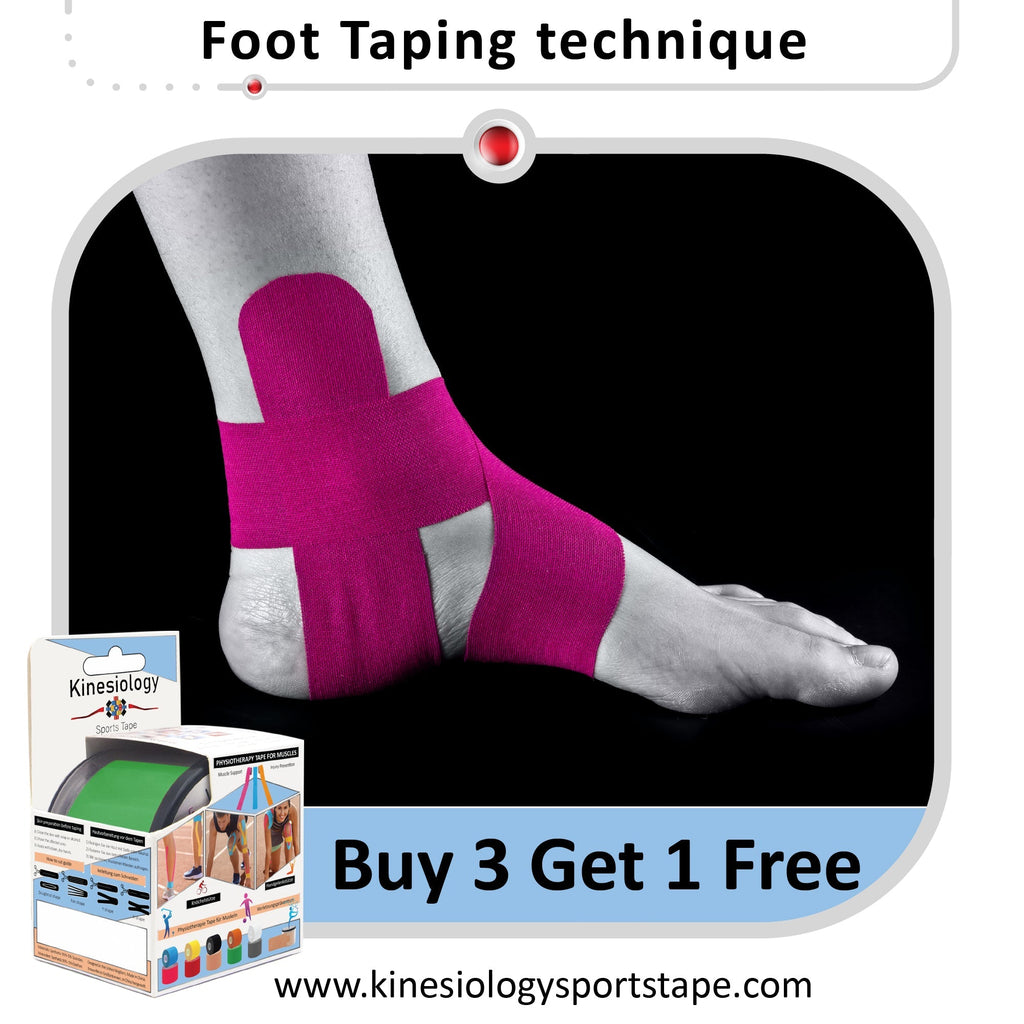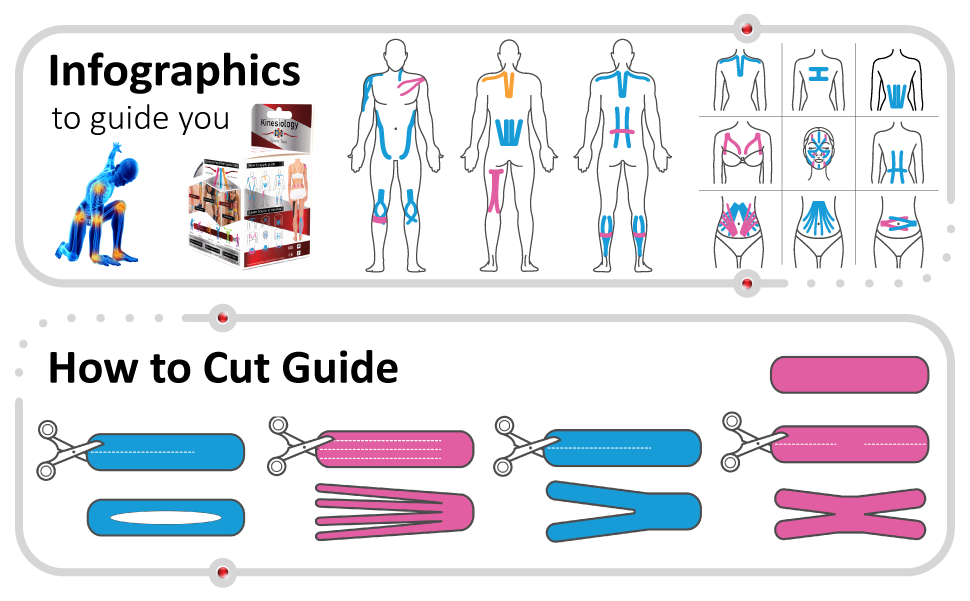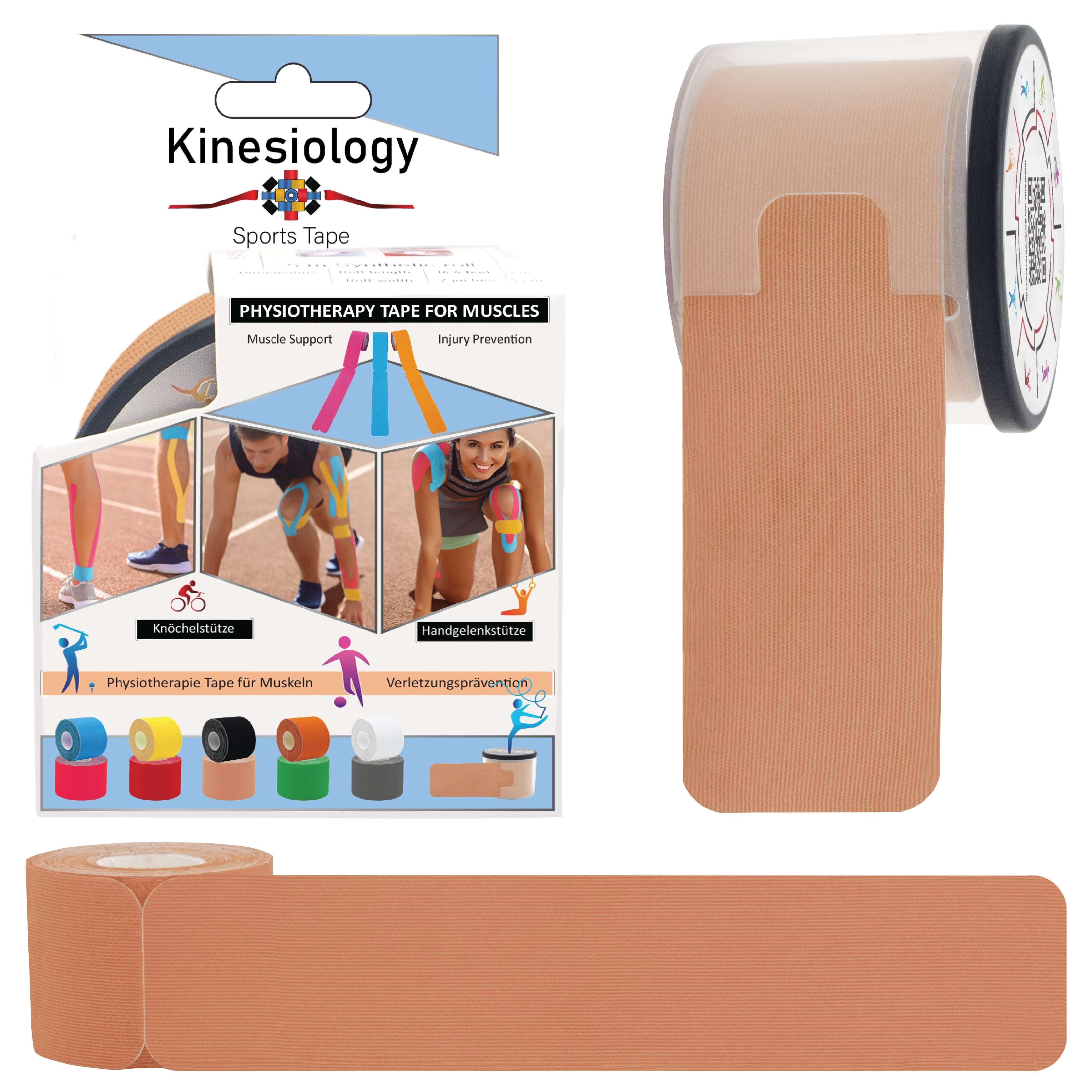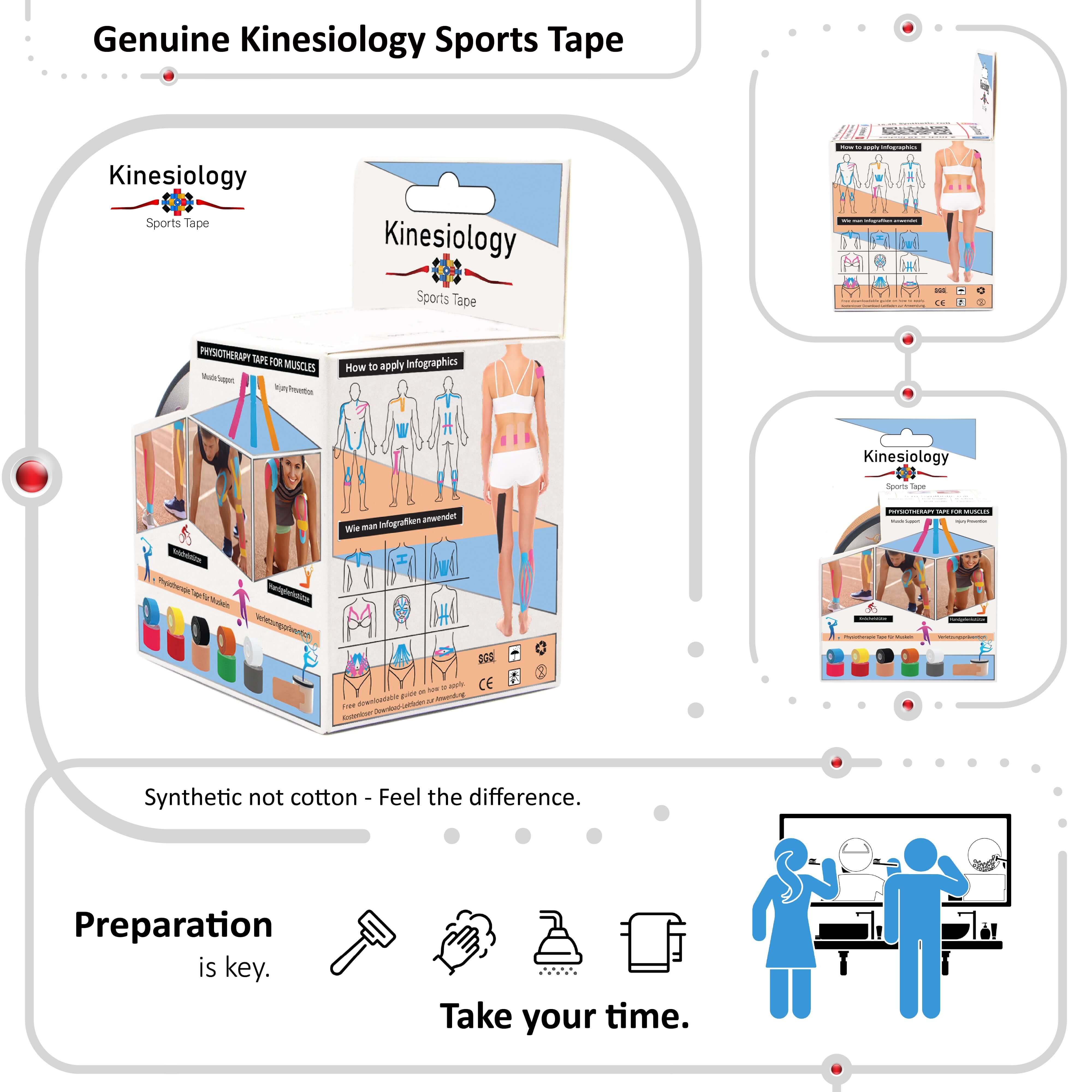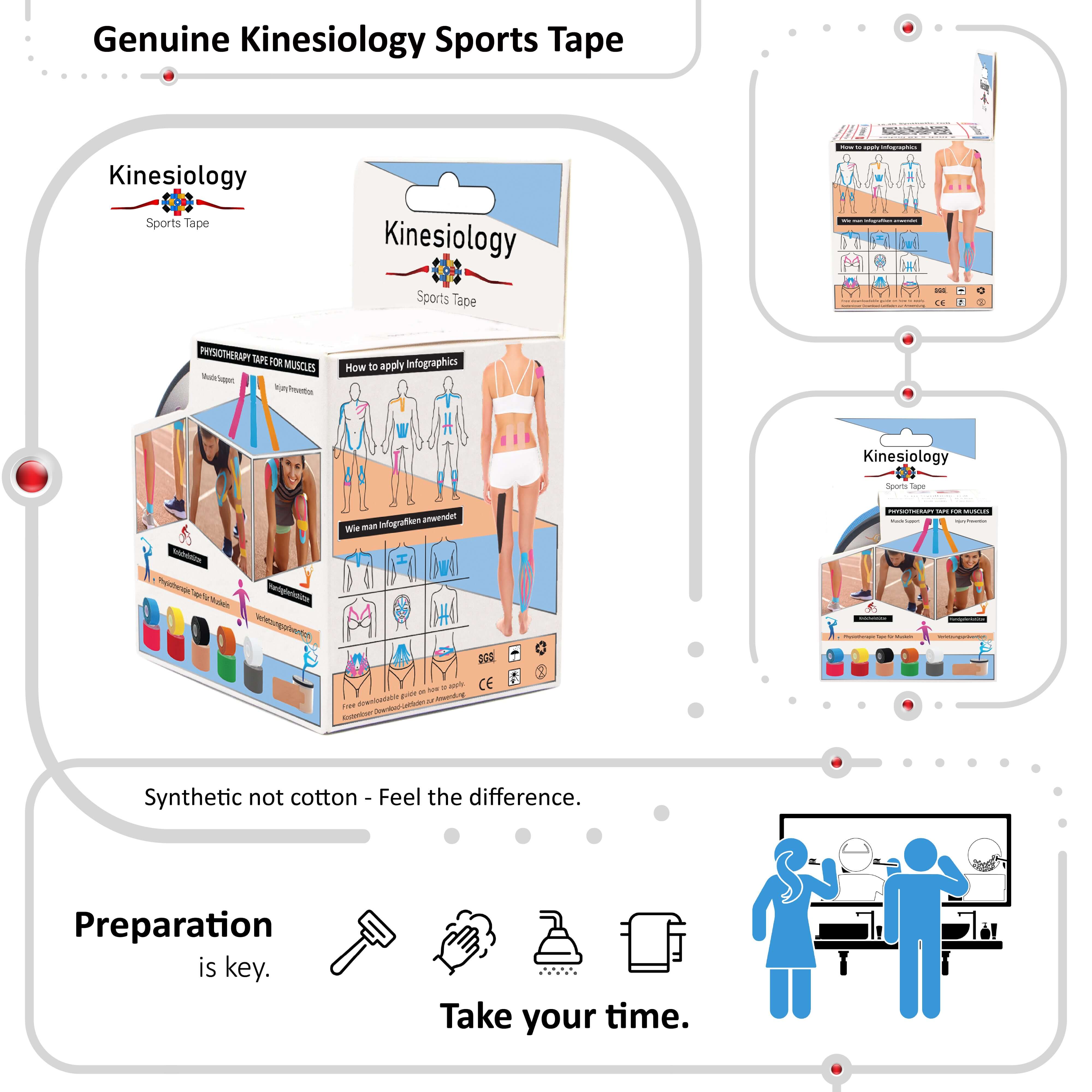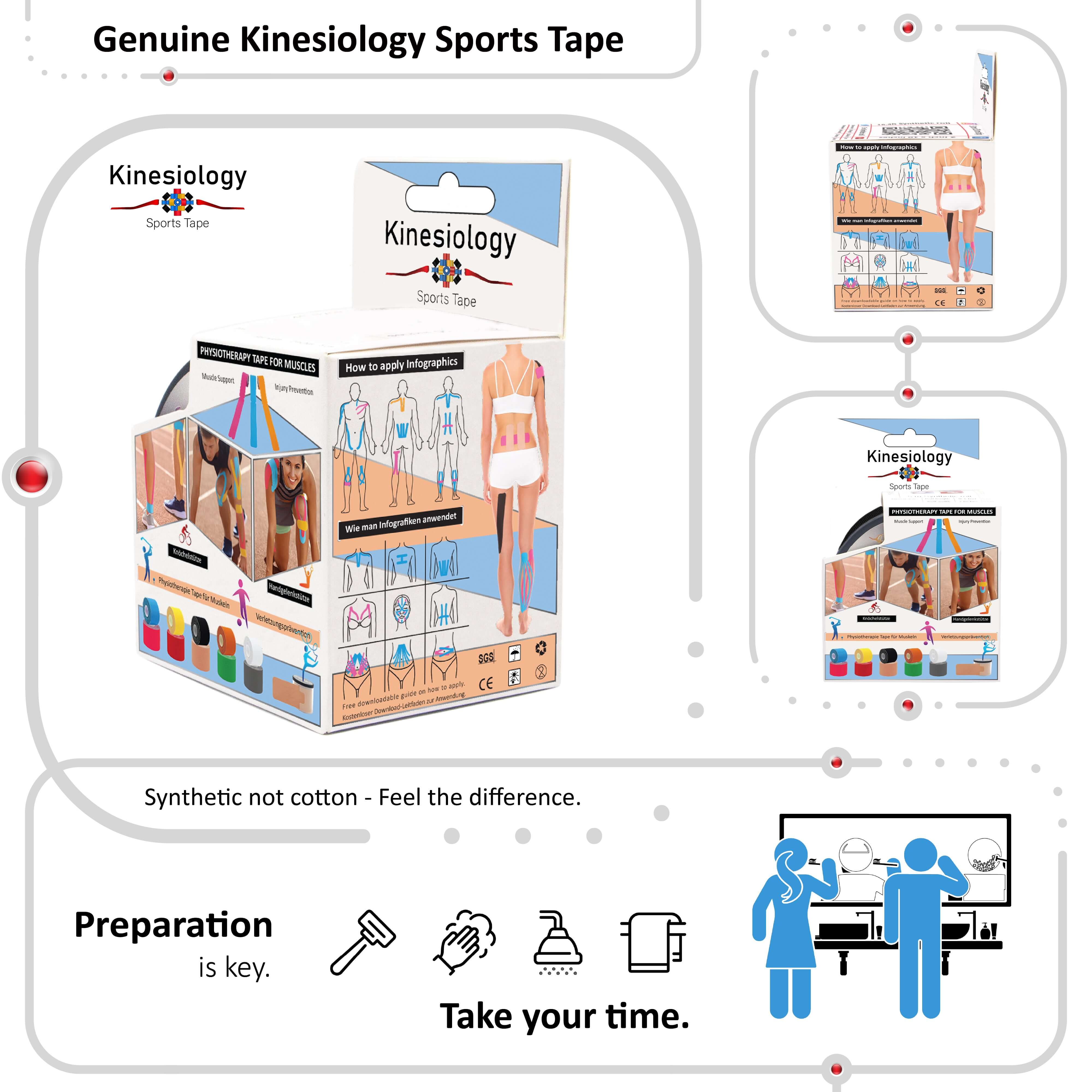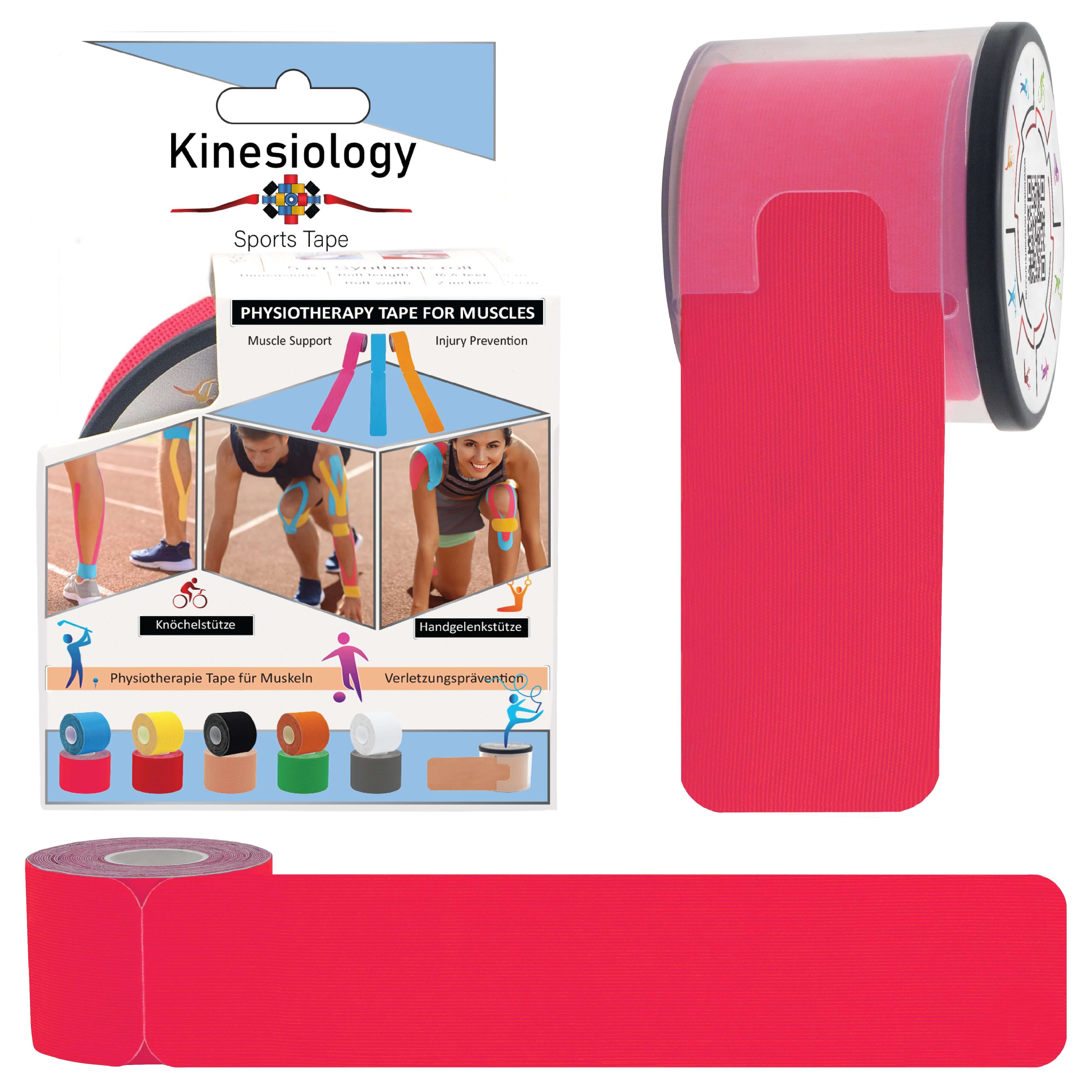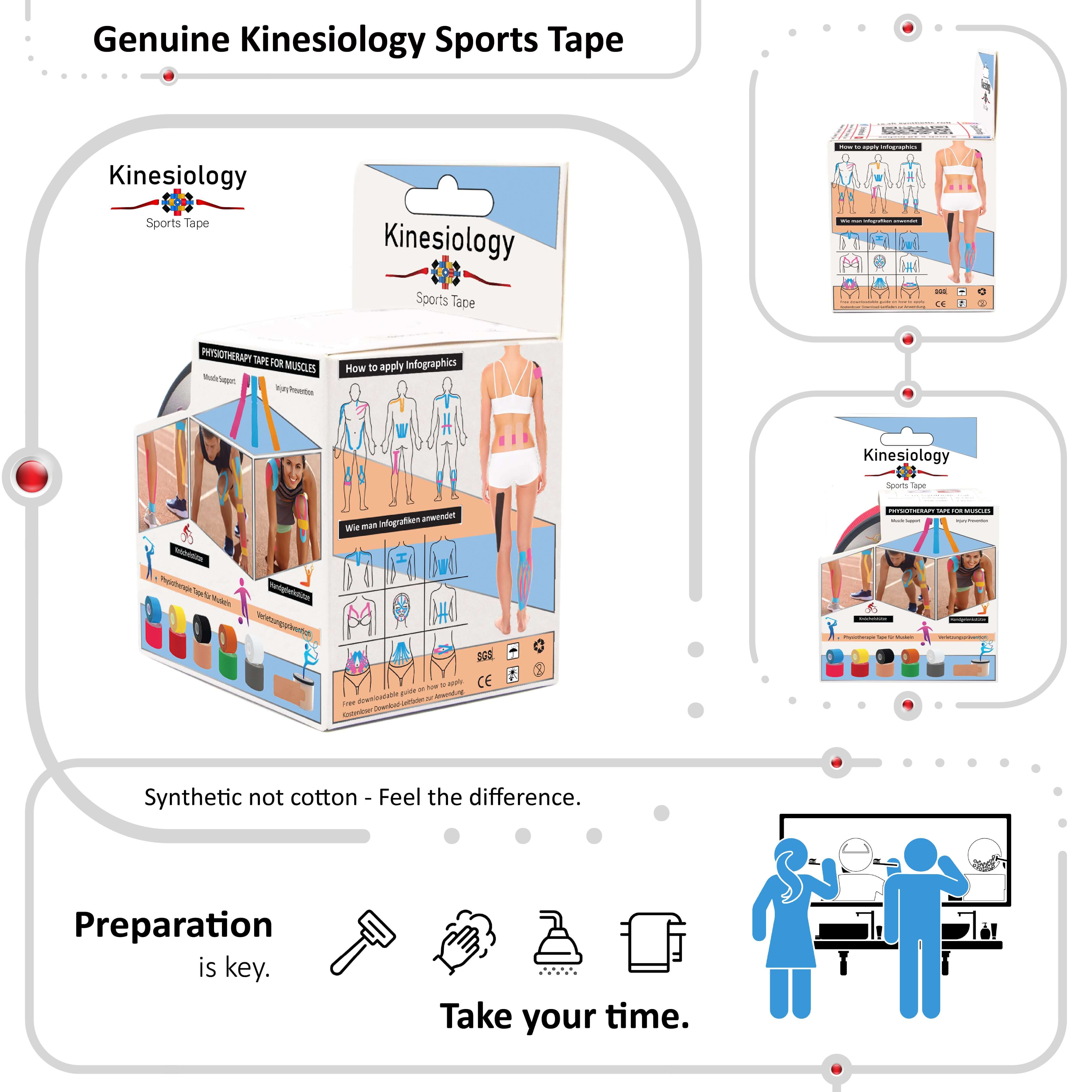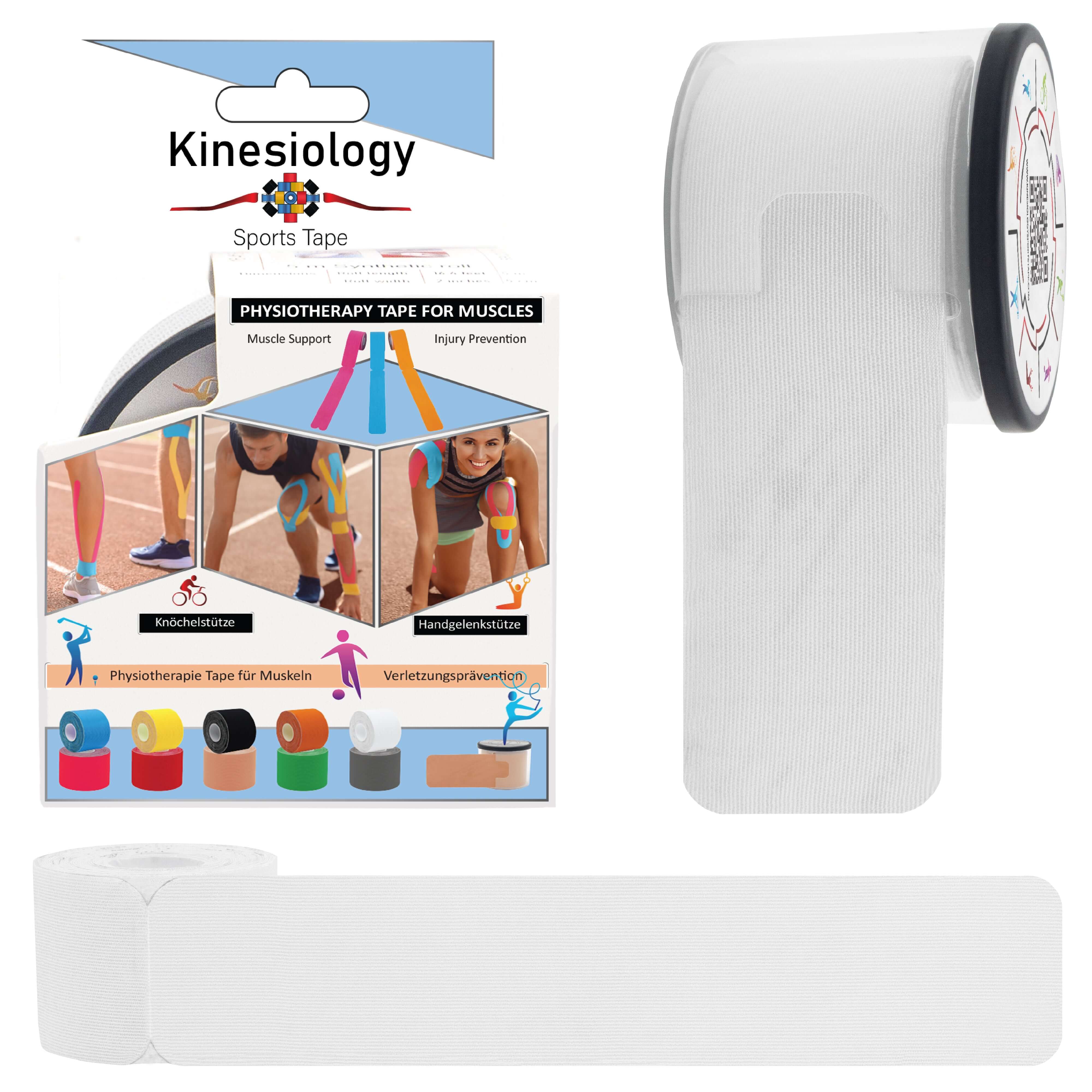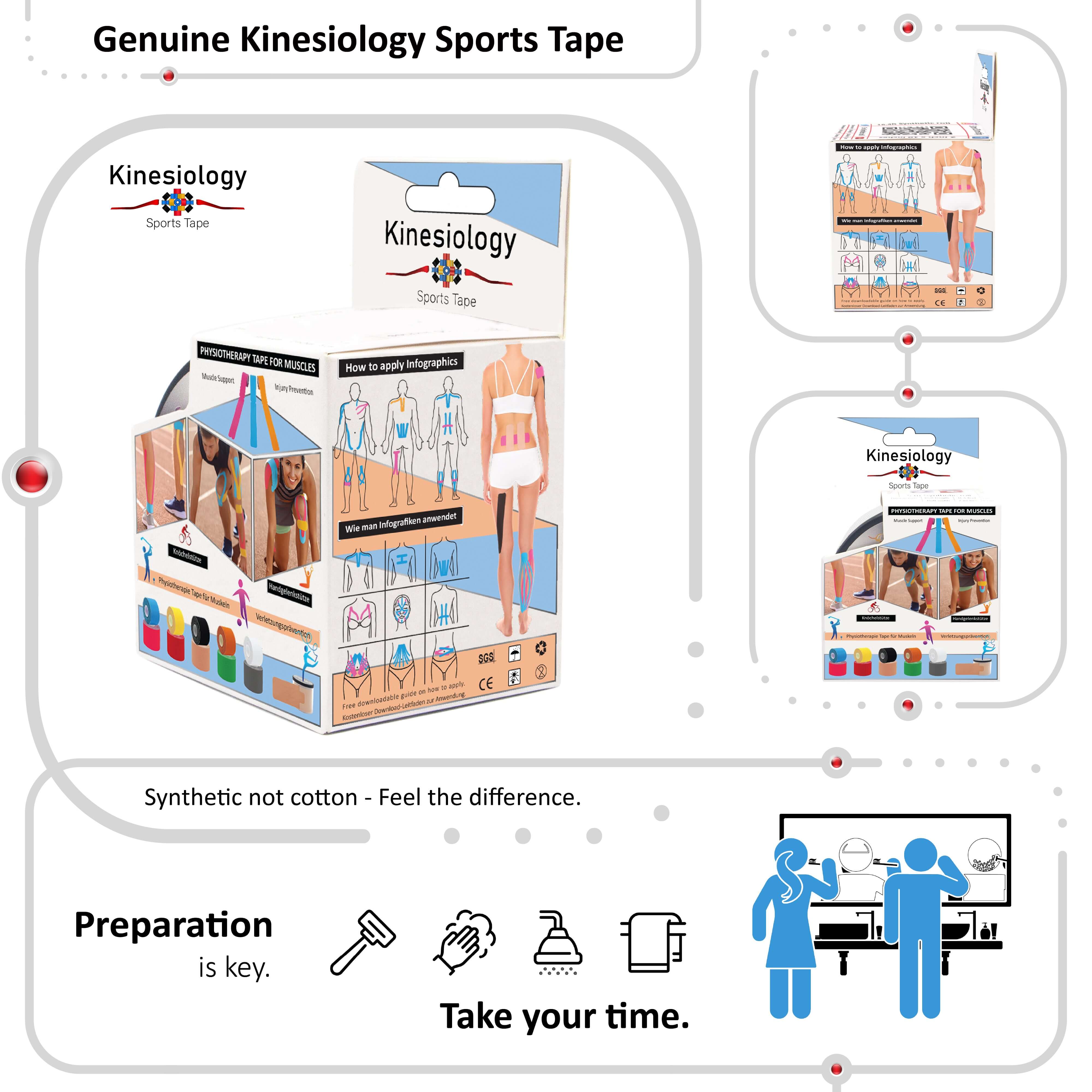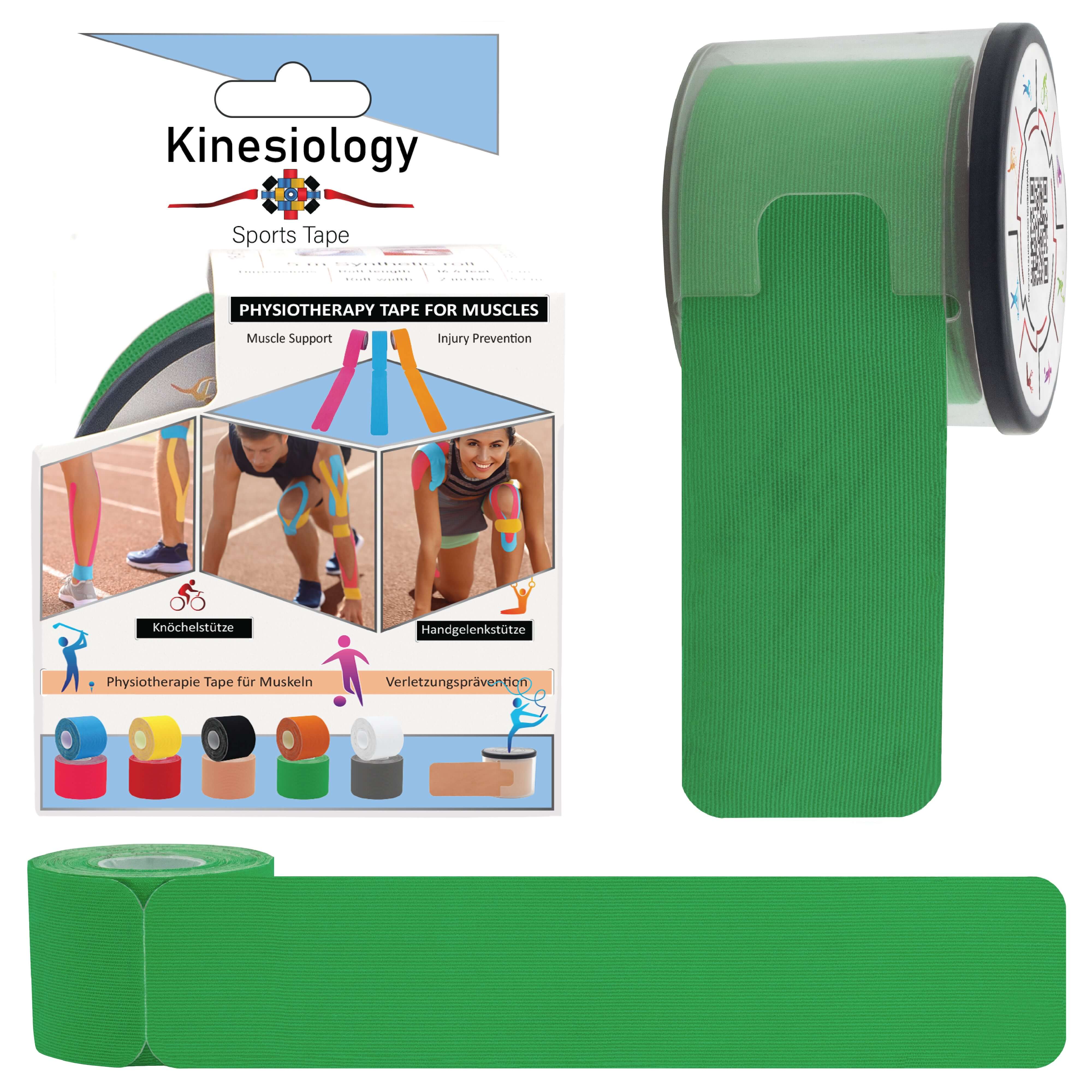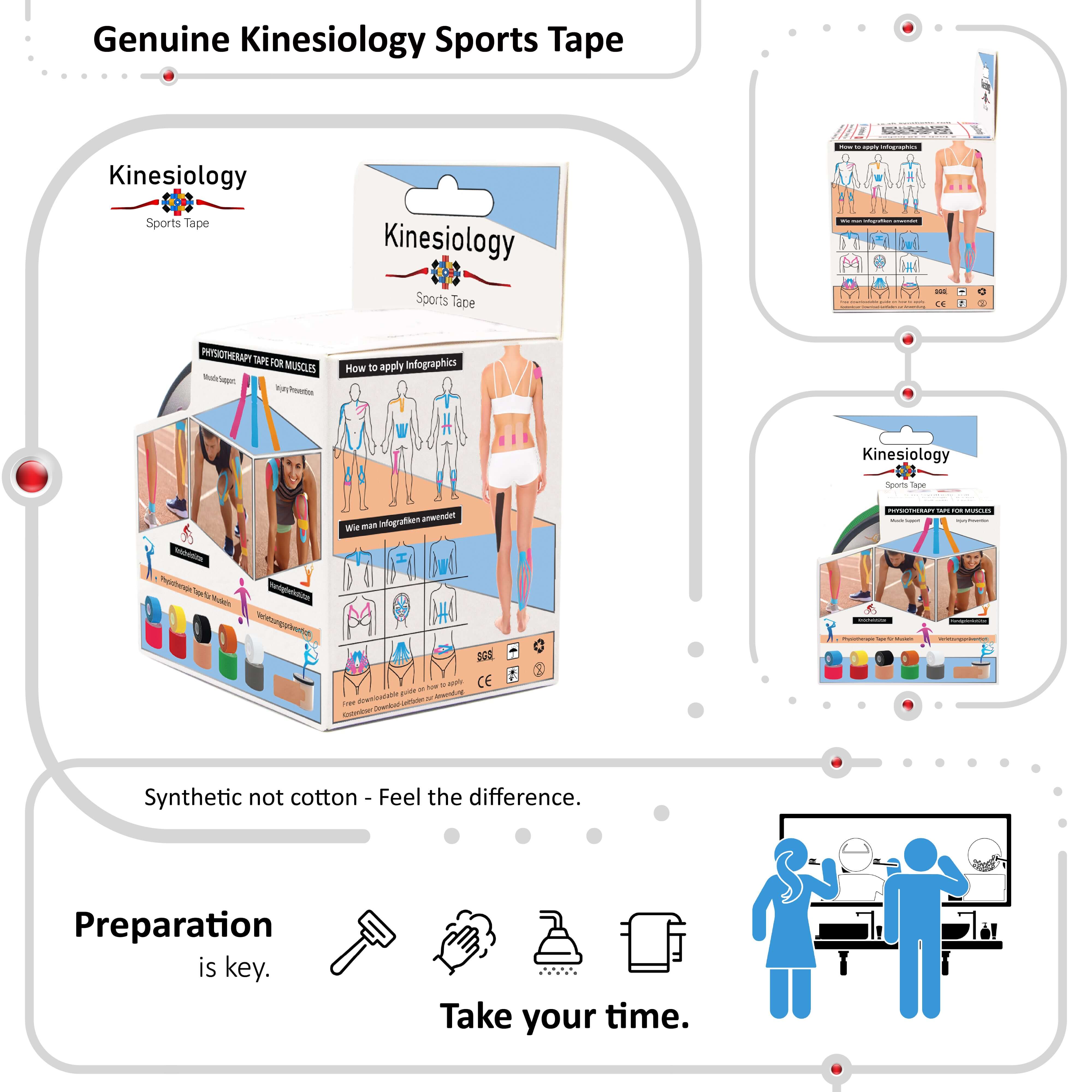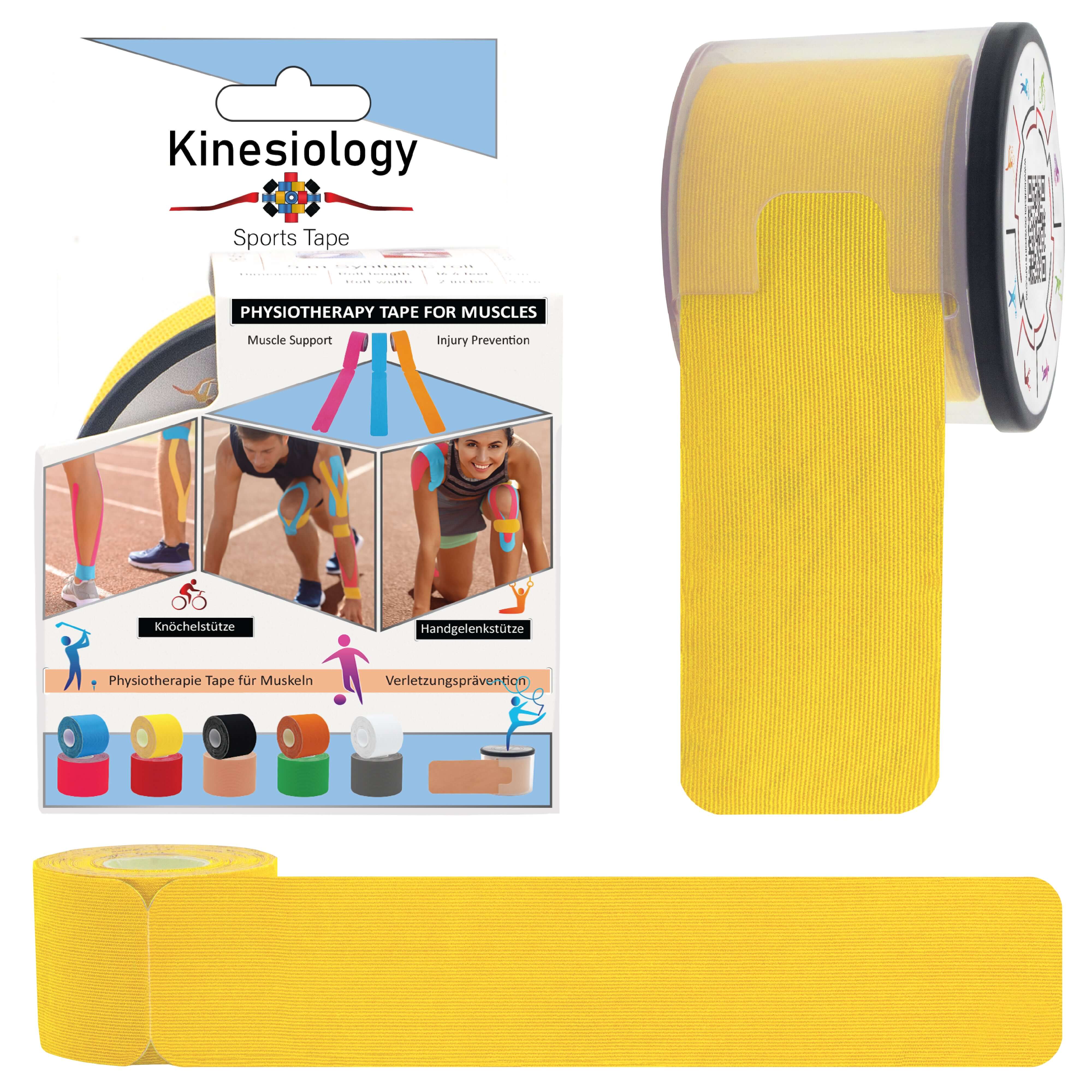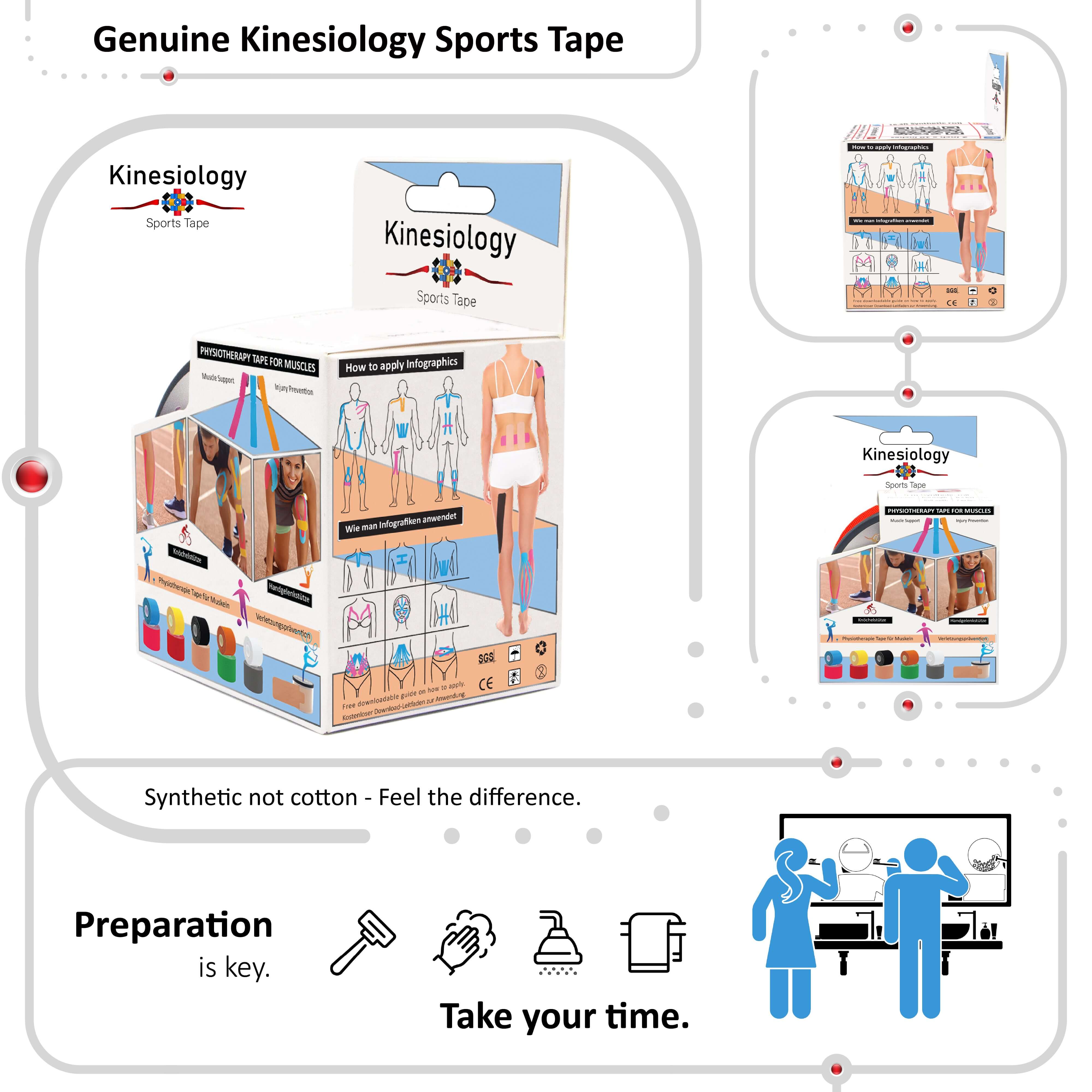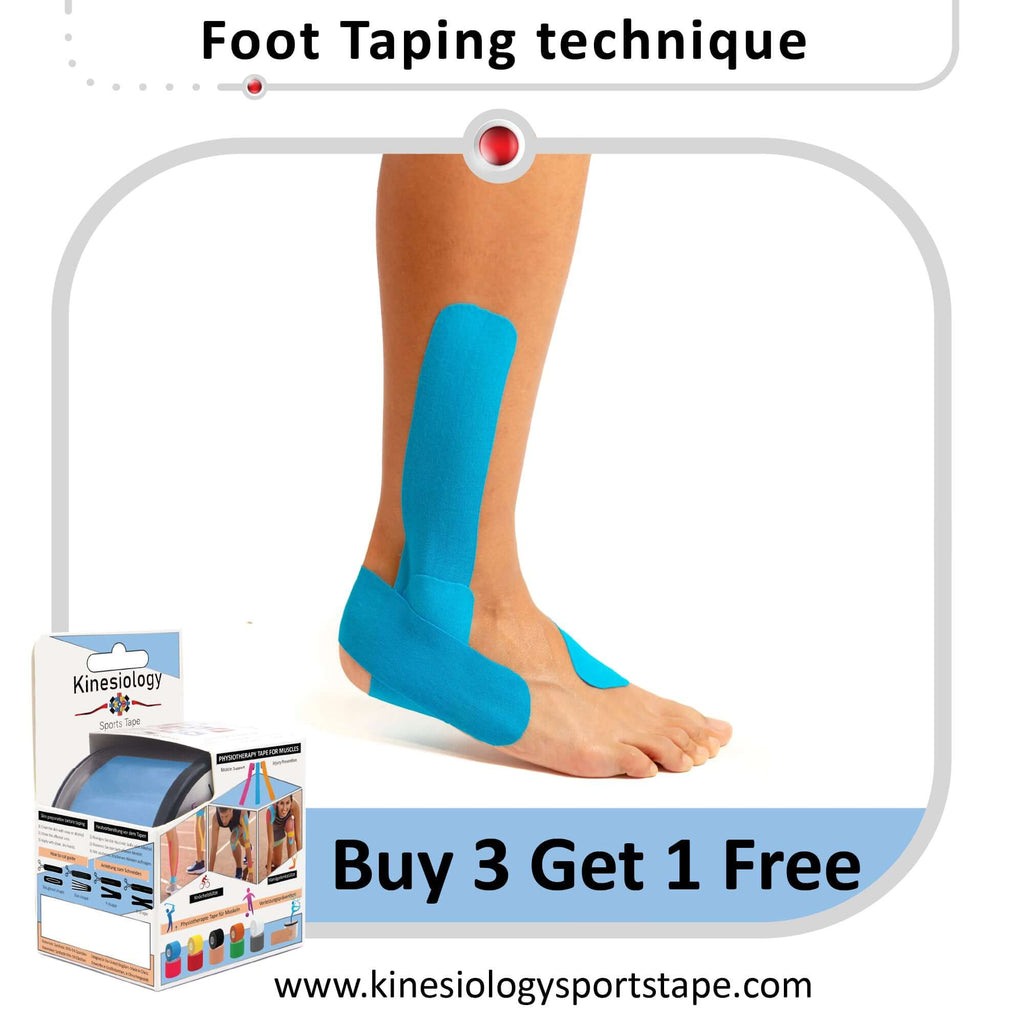
Kinesiology Tape for Plantar Fasciitis

Plantar fasciitis, a stabbing pain in the heel, can disrupt your daily life. From struggling to take that morning jog to wincing with every step, it can be a constant source of discomfort. Fortunately, various treatment options exist, and kinesiology tape has emerged as a popular choice. This blog explores kinesiology tape for plantar fasciitis, examining its potential benefits and application techniques.
Understanding Plantar Fasciitis:
The plantar fascia is a thick band of tissue that runs along the bottom of your foot, supporting the arch and acting as a shock absorber. Plantar fasciitis occurs when this tissue becomes inflamed due to overuse, repetitive stress, or tight calf muscles.
Symptoms of Plantar Fasciitis:
- Sharp, stabbing pain in the heel, especially in the morning or after long periods of standing or sitting
- Pain that worsens with activity and improves with rest
- Tenderness to the touch on the bottom of the heel
How Kinesiology Tape May Help:
While research on kinesiology tape's effectiveness for plantar fasciitis is ongoing, many users report relief. Here's how kinesiology tape may potentially benefit those suffering from plantar fasciitis:
- Improved circulation: Kinesiology tape application may create microscopic lifting of the skin, potentially enhancing blood flow to the inflamed area. Increased circulation can deliver oxygen and nutrients to promote healing and reduce pain.
- Reduced inflammation: Kinesiology tape may influence the lymphatic system, which helps remove waste products and fluid build-up. This reduction in inflammation can potentially alleviate heel pain and stiffness.
- Pain gate theory: Kinesiology tape can provide sensory input to the skin and underlying tissues in the plantar fascia. This stimulation may activate the body's natural pain-relieving mechanisms, effectively reducing pain perception.
- Improved arch support: Kinesiology tape application can offer gentle arch support, potentially reducing stress on the plantar fascia and alleviating pain.
Important to Note:
- Kinesiology tape is not a cure: It's a complementary therapy that may help manage pain alongside other treatments like rest, stretching, and proper footwear.
- Consult a healthcare professional: Before using kinesiology tape for plantar fasciitis, consult a healthcare professional for proper diagnosis and treatment recommendations.
Kinesiology Tape Application for Plantar Fasciitis:
There are various application techniques for plantar fasciitis, but here are two common approaches:
-
I-Strip application:
- Foot position: Sit with your toes pointed upwards.
- Tape application: Apply a strip of kinesiology tape with the foot relaxed, starting near the base of your toes and running along the arch towards your heel. Apply moderate tension as you roll the tape onto the skin. Anchor both ends of the tape with no stretch.
-
Fan-Strip application:
- Foot position: Sit with your toes pointed upwards.
- Tape application: Cut a strip of kinesiology tape into a fan shape with several shorter strips at one end. Apply the anchor end of the fan near your heel with no stretch. Gently spread the shorter strips over the arch of your foot without applying tension.
Additional Tips:
- Combine with stretching and exercises: Stretching your calves and plantar fascia is crucial for long-term pain relief. Kinesiology tape can be used in conjunction with these exercises.
- Wear supportive shoes: Proper footwear with good arch support can significantly impact plantar fasciitis pain.
- Listen to your body: If kinesiology tape causes any discomfort, remove it and consult your healthcare professional.
Taking Control of Plantar Fasciitis Pain:
Kinesiology tape offers a drug-free and potentially effective approach to managing plantar fasciitis pain. By understanding the science behind its pain-relieving properties and learning proper application techniques, you can explore whether kinesiology tape can become a valuable tool in your plantar fasciitis management strategy.

